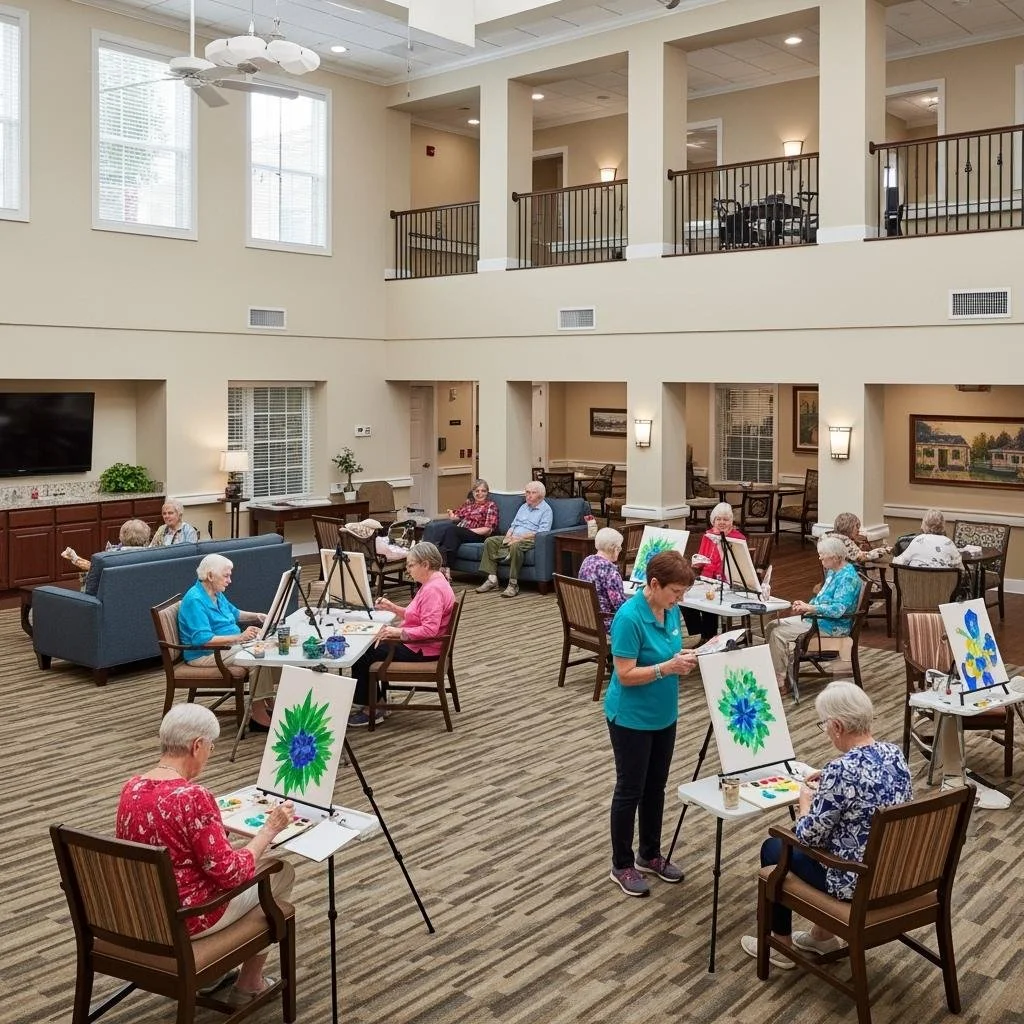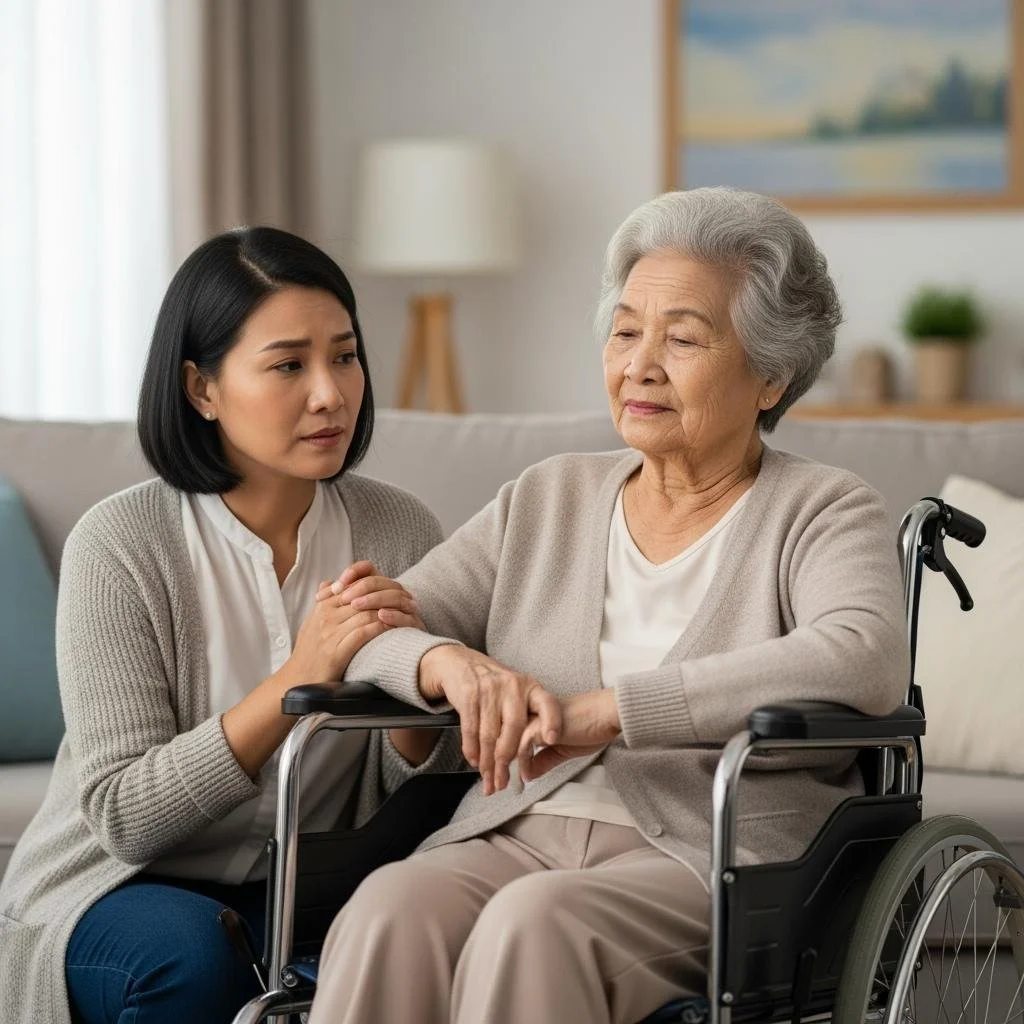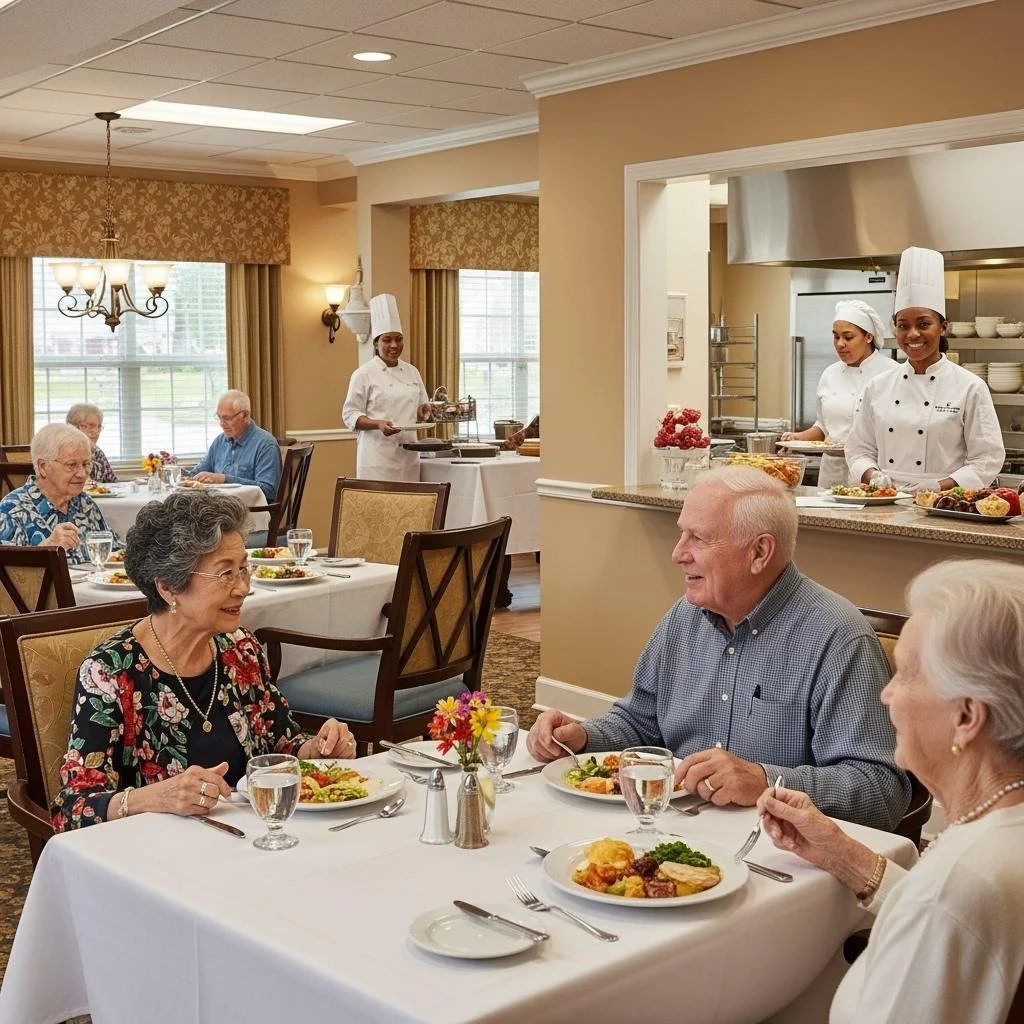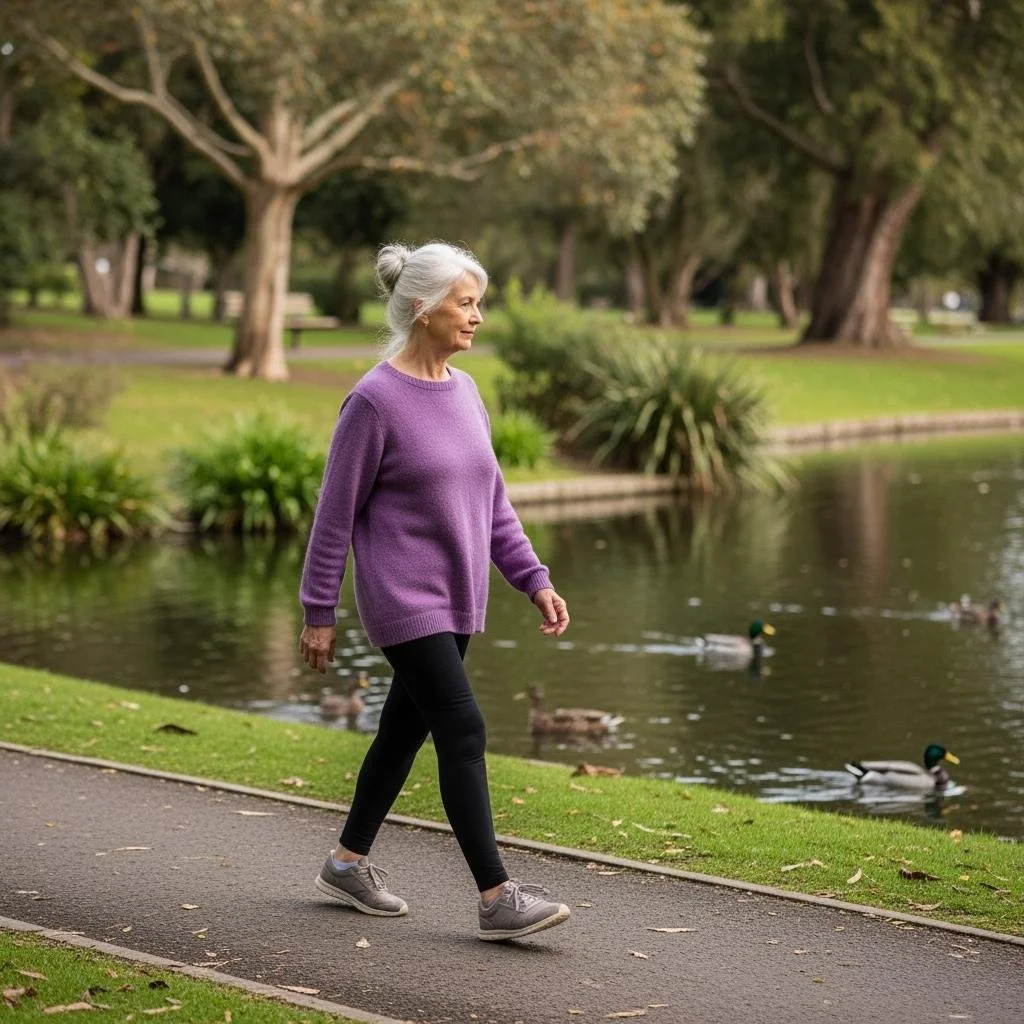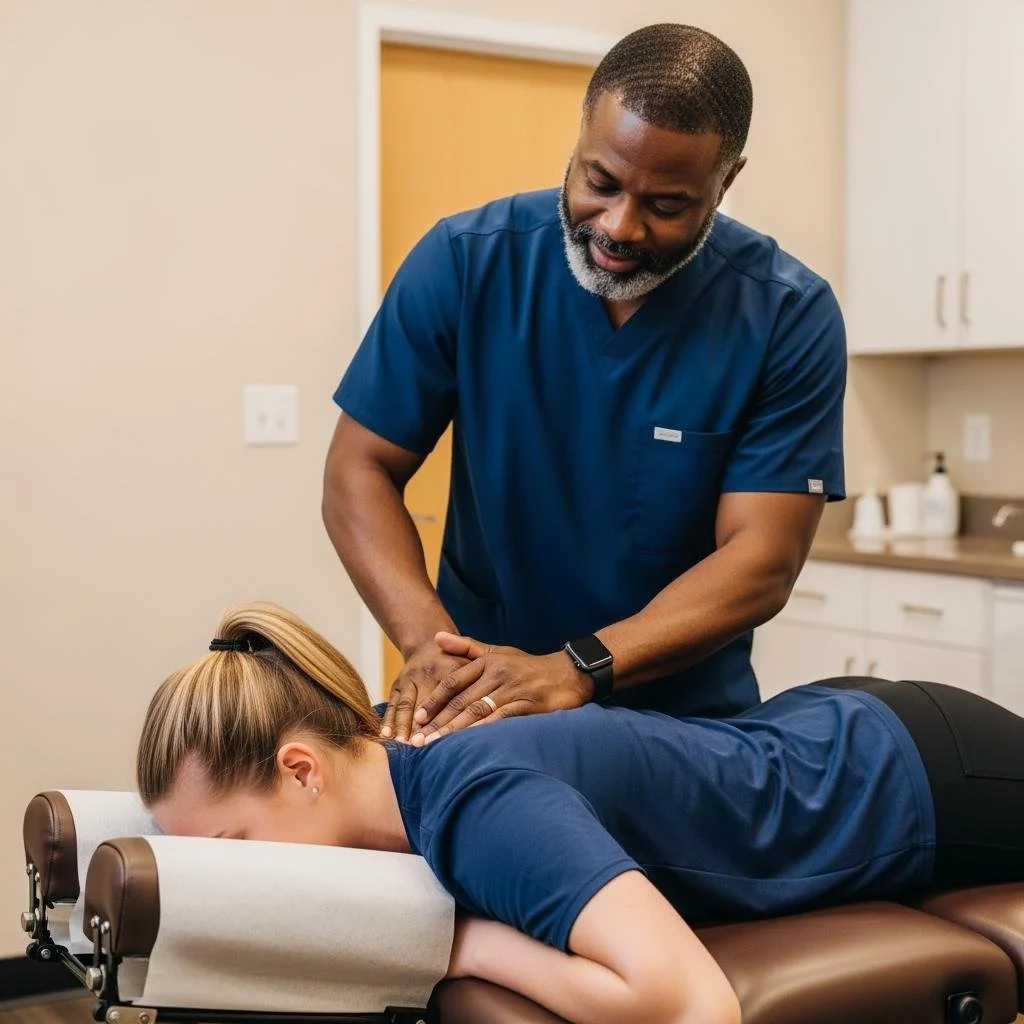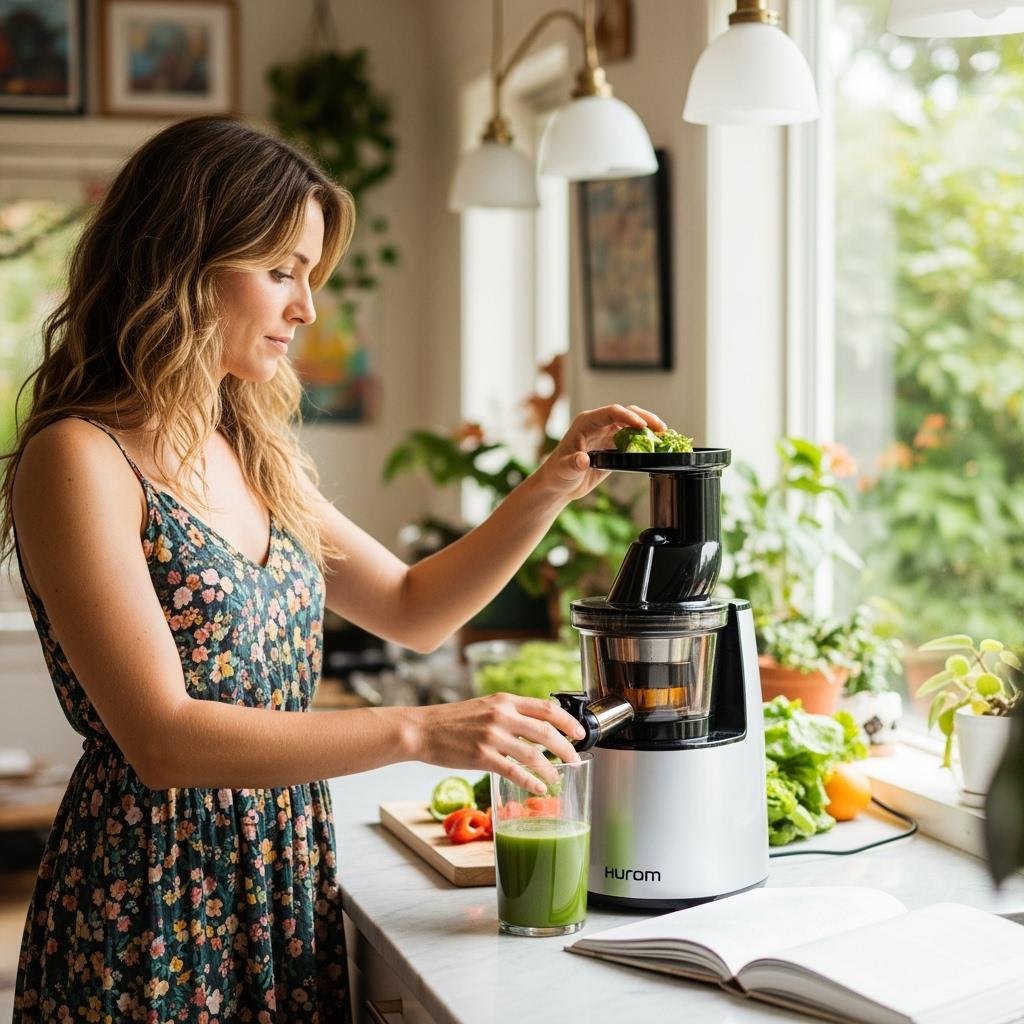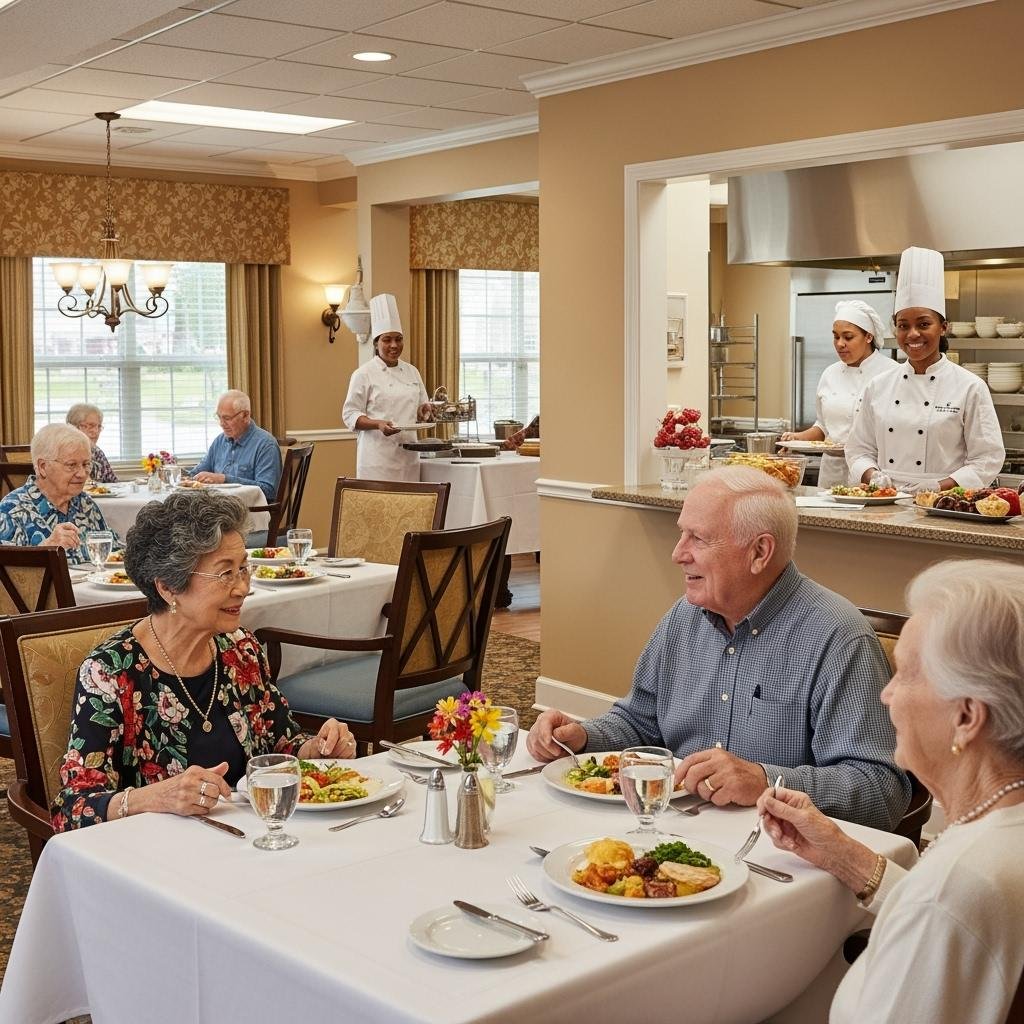As we grow older, maintaining strong bones becomes increasingly important. With age, bones naturally lose density and become more fragile, raising the risk of fractures and conditions such as osteoporosis. However, this process is not inevitable or irreversible.
By adopting healthy habits and making informed lifestyle choices, aging adults can take proactive steps to preserve bone strength, improve mobility, and maintain independence. In this guide, we’ll explore practical and effective strategies to support bone health and reduce the risk of injury.
No. 1
Eat a Bone-Healthy Diet
Nutrition plays a vital role in maintaining bone health. Two of the most essential nutrients for strong bones are calcium and vitamin D.
Calcium is the building block of bone tissue.
It can be found in:
Dairy products like milk, cheese, and yogurt
Leafy green vegetables such as kale and spinach
Almonds and fortified plant-based milks
Vitamin D helps the body absorb calcium efficiently.
It is present in:
Fatty fish like salmon and mackerel
Eggs
Fortified foods such as cereals and dairy products
Sunlight exposure, which enables the body to produce vitamin D naturally
Older adults should aim to meet daily nutritional requirements for both nutrients. If it’s difficult to get enough through food alone, healthcare providers may recommend supplements to bridge the gap.
No. 2
Stay Active With Safe Exercises
Physical activity is one of the most effective ways to maintain bone density and overall strength. Exercise places stress on bones, encouraging them to become stronger.
Recommended Activities for Bone Health:
Weight-bearing exercises:
Walking
Dancing
Climbing stairs
These activities force the bones and muscles to support body weight, which helps maintain or improve bone density.
Strength training:
Lifting light weights
Using resistance bands
These exercises enhance muscle strength and stimulate bone growth.
Balance and flexibility exercises:
Yoga
Tai chi
These activities improve coordination and posture, reducing the risk of falls and fractures.
Caution for Those With Osteoporosis
Individuals with osteoporosis or fragile bones should avoid high-impact or risky movements. It’s important to know which exercises to avoid with osteoporosis, including:
High-impact jumping or running
Deep twisting motions
Bending forward from the waist
These movements can increase the risk of spinal fractures or other injuries. Always consult a doctor or physical therapist before starting a new exercise routine, especially if you have been diagnosed with bone loss.
No. 3
Avoid Smoking and Limit Alcohol
Lifestyle habits have a significant impact on bone health.
Smoking negatively affects bone density by:
Reducing blood flow to bones
Interfering with calcium absorption
Lowering estrogen levels in women, which is crucial for bone maintenance
Excessive alcohol consumption can:
Disrupt calcium balance in the body
Impair bone formation
Increase the risk of falls due to impaired coordination
Quitting smoking and limiting alcohol intake are essential steps in protecting your bones and promoting overall health.
Audible
Choose from thousands of titles to listen to on the road. Start your free 30-day trial today!
No. 4
Monitor Bone Health With Regular Checkups
Routine medical checkups are key to early detection and prevention of bone-related conditions.
Doctors may recommend a bone density test (DEXA scan), especially for:
Women over the age of 65
Men over the age of 70
Individuals with risk factors such as family history, low body weight, or previous fractures
This test measures bone strength and can identify early signs of osteoporosis or low bone mass.
If bone loss is detected, your doctor may suggest:
Lifestyle modifications
Dietary changes
Medications to slow bone loss or increase bone density
Taking early action can significantly reduce the risk of fractures and improve long-term outcomes.
Takeaways
Aging doesn’t have to mean weakened bones or limited mobility. With the right care and attention, older adults can maintain strong bones and enjoy an active, independent lifestyle.
Key strategies include:
Eating a nutrient-rich diet
Engaging in safe, weight-bearing exercises
Avoiding harmful habits like smoking and excessive alcohol
Scheduling regular bone health checkups
By prioritizing bone health today, you can reduce the risk of fractures and enhance your quality of life for years to come.
For more tips and wellness resources, be sure to explore our blog!
Looking for Wellness resources?
Are you looking to enhance your wellness routine? Explore our wellness partners who offer a wide range of resources to support your journey toward holistic living and well-being.







